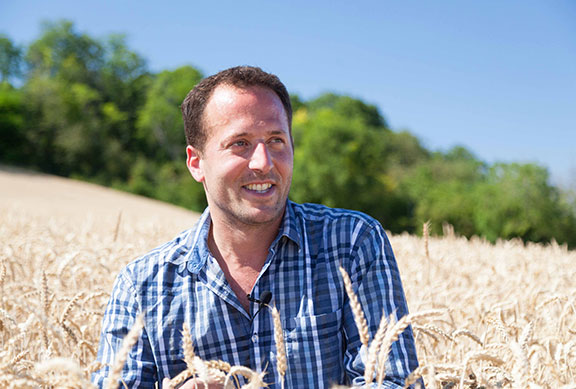Reduce Your Carbon Footprint with Low-Carbon Wheat
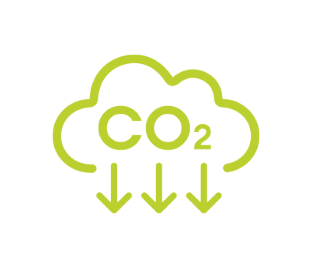
Specifications
designed to lower wheat’s
carbon footprint.
Launched in 2023, this new low-carbon wheat agri-food chain involves 250 farmers.
Monitored by an independent third party, the specifications center on fertilization practices, responsible for 80% of the carbon footprint of wheat cultivation.
250
Farmers
implementing low-carbon practices focused on wheat fertilization.
Soil analysis at the end of winter.
Sustainable fertilization: Use of solid fertilizers and application split into three doses.
Use of decision-support tools to determine the correct dosage during the final application.
The specifications of the low-carbon agri-food chain will evolve with each harvest season, incorporating new practices to accelerate carbon footprint reduction—such as the use of decarbonized fertilizers.



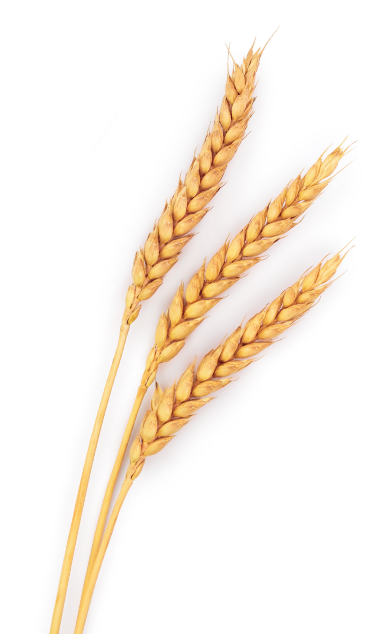
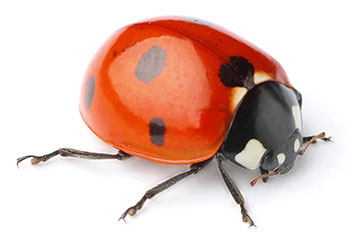
Proven Guarantees
to highlight to the consumer
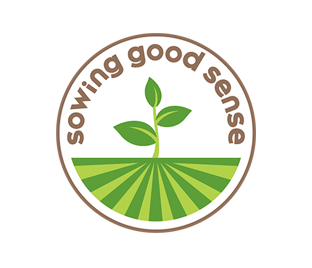
ORIGIN: 100% French Wheat
ENVIRONMENT: Climate-friendly farming practices: sustainable fertilization of wheat
Value: A premium rewarding farmers for their low-carbon agricultural practices
Indicators Supporting
your commitments
For the climate
Actual measurement of the carbon footprint, from field to flour
of its kind on the market, certified by our partner Ecoact.
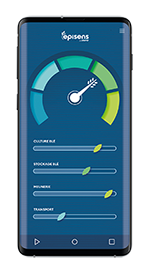
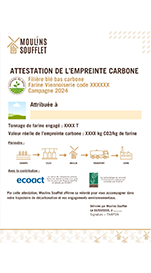

Highlight your commitment
to climate action
-
Among consumers: to add value to your product offering.
-
Among Institutional Partners: to bring your CSR commitments and Scope 3 carbon footprint reductions to life.



